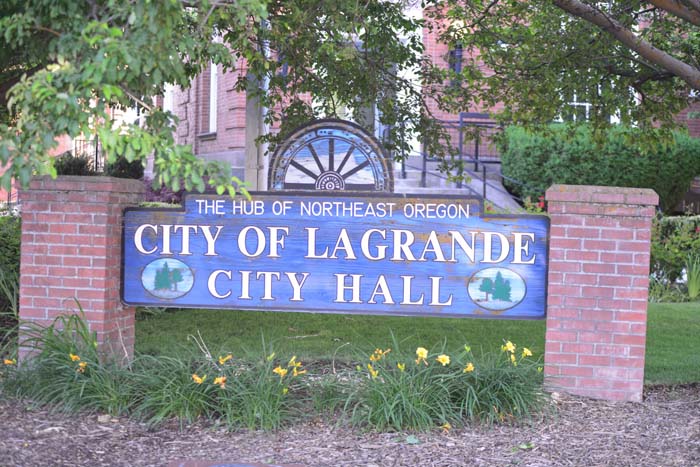Oregon lawmakers start trying to tackle state’s addiction crisis
Published 9:44 am Thursday, October 19, 2023
Oregon lawmakers heard from state behavioral health officials and local addiction treatment providers during a four-hour meeting on Wednesday, Oct. 18 that confirmed that the drug epidemic is one of the most intractable problems Oregon faces and touches every part of the state.
Addiction treatment and the behavioral health system is complex. Bureaucratic barriers stand in the way of getting treatment to people when they need it. It’s hard to hire qualified providers, especially in remote rural areas, and programs need more money to hire and retain staff and build needed facilities. Many people have an easier time scoring fentanyl than they do finding treatment.
Trending
What lawmakers need now, said Sen. Kate Lieber, the Senate majority leader and co-chair of the new Joint Interim Committee on Addiction and Community Safety Response, is a clear direction on what they can do to get people into treatment.
“I’m putting a stake in the ground here for everyone who is listening. We need to get people off the streets now,” Lieber said. “We have run out of time to build the exact system we want. What can we do now to rapidly get people off the street in a safe way?”
The committee met for the first time Wednesday amid growing criticism of the state’s 2020 voter-approved drug decriminalization law, Measure 110. An epidemic of fentanyl overdoses and widespread frustration over public drug use has led legislative Republicans to call to repeal the law, while a coalition including Nike co-founder Phil Knight is pushing 2024 ballot measures to recriminalize possession of some drugs, mandate treatment and ban public use of drugs.
The behavioral health providers who spoke to the committee Wednesday broadly supported Measure 110.
A second hearing on Nov. 6 will focus on law enforcement and the police response to addiction, and two more meetings before the Legislature convenes in February will help committee members draft specific recommendations for policy changes.
In Harney County, which spans more than 10,000 square miles, Burns-based Symmetry Care treats people in mental health and addiction crises. Sometimes, the provider goes days without receiving calls for help, Director Chris Siegner said.
Trending
He urged lawmakers to recognize that more money doesn’t always mean providers can bring in staff, especially in rural areas where it’s harder to recruit workers. And he asked them to think about how to get people into treatment when they aren’t competent to choose it for themselves.
“I don’t think anybody wants to criminalize drug use, but they also don’t want people who are unable to care for themselves to die in front of people,” he said.
{h3 class=”editorialSubhed”}‘Far more powerful’{/h3}
The drug crisis in Oregon and across the country is driven by fentanyl, a cheap, highly addictive and often lethal drug. More than 930 Oregonians died from opioid overdoses in 2022 compared to 280 in 2019, according to Oregon Health Authority data.
Rick Treleaven, executive director of Bestcare Treatment, which provides addiction treatment in Central Oregon, said he’s had more clients die in the last year than the last 25 years put together. He compared the fentanyl epidemic to the early AIDS epidemic, when public health officials struggled to keep people from risky behaviors and deaths were rampant.
“Our clients are coming in and they say ‘I’m scared of this drug,’ but they can’t stop,” Treleaven said. “In 40 years, I’ve never seen this.”









